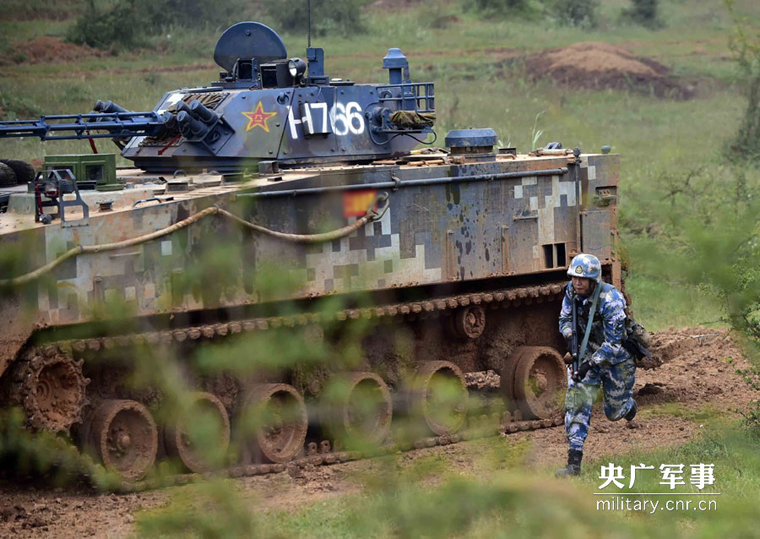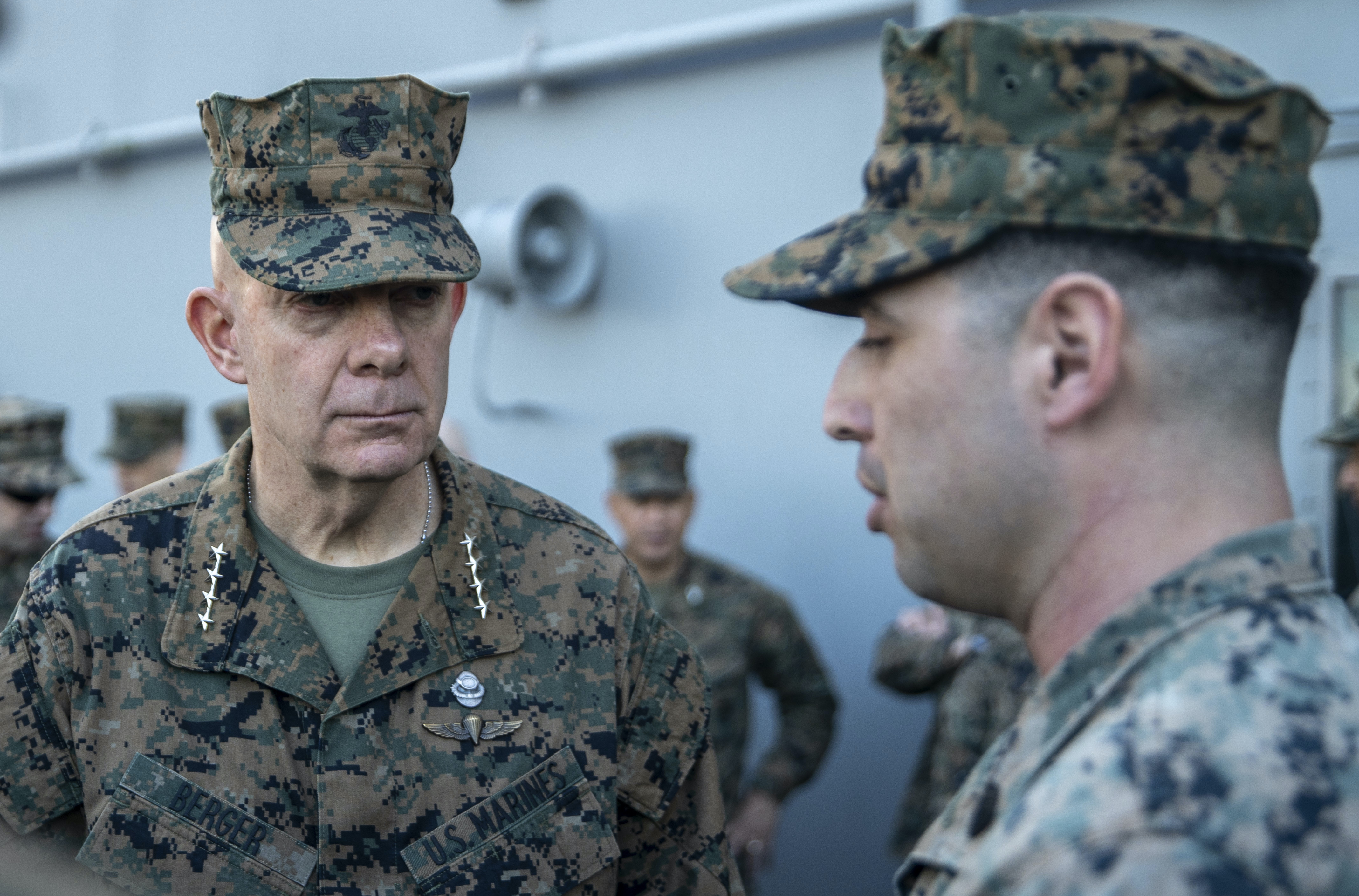
Stalled Russian forces across a number of fronts in Ukraine “should give pause” to Chinese military planners looking across more than 100 miles of water at Taiwan as an amphibious invasion target, Gen. David Berger, Marine Corps commandant, said Wednesday.
Any amphibious invasion “is not going to be easy, not going to be quick,” he added in a Washington Post online interview. Berger said several times during the interview “no other operation is more complicated” than an amphibious invasion. He added there are problems of logistics and sustainment that need to be addressed once ashore, although having the ability to enter from the sea and air gives the invader mobility to overcome defenses.
The “sheer difficulty” of forcible entry “highlight[s] why we [Navy and Marine Corps] have to train.”
Berger added the quick NATO response to the invasion should also concern the Chinese when it comes to Taiwan. He cited the strong allies and partners the United States has in the Pacific who have expressed growing concern over Chinese threats and bullying in the Indo-Pacific as a factor Beijing must weigh before acting.
Later, in answer to a question on “stand-in forces,” Berger said the changing nature of warfare requires long-range precision fires in particular be able to “operate in great depth and standing side by side, shoulder to shoulder with allies” before the shooting starts. He said the value of “stand-in forces” is applicable anywhere.
Berger said the Marine Corps was also examining why Russia is holding back on amphibious operations from the Black Sea. He said the Russians may not be prepared for that kind of operation’s sustainment or the unexpected strength of Ukrainian defense forces.

In his early assessment three weeks into the fighting, he said the Russians also may have relied too heavily on computer modeling and a presumption that the Ukrainians would not mount a large resistance. “Computer models help in some regards,” but “models can’t factor in the human element.”
Presumption of a quick win over weak resistance could have blinded Russian planners when it came to logistics and sustainment of basics including fuel and ammunition. “If you haven’t planned for [re-supply] you lose momentum.”
In addition, Berger said, “it’s difficult to break through a defense in depth” like the Ukrainians have mounted. He said Kyiv’s forces are “proving to be very well led” and “very inspired.” The Russians also are showing weakness in combined arms – infantry and armor and maneuver warfare. “One without the other is very ineffective.” The slowness of advances also may be showing Russian commanders are “not sure they have a good picture in front of them” of Ukrainian forces.
By contrast, the Russians appear to be too dependent on top-down orders to do something. This could explain the Russians having miles of armor and artillery sitting for weeks in long convoys waiting for new instructions. Meanwhile, they are vulnerable to Ukrainian attack. He described the Ukrainian strikes on convoys as “pinching their behinds.”
“We are trained not to wait for those detailed orders” to act. He said that training extends down to the junior officer and noncommissioned officer level to avoid situations like miles of stalled convoys.
Berger added, “one of the strengths of the Marine Corps is to adapt quickly” to remain a “crisis response force.” That meant, for example, divesting the Marine Corps of armor, he said. Tanks “are heavier, too difficult to logistically support” and in Ukraine showing vulnerability to missile strikes.





